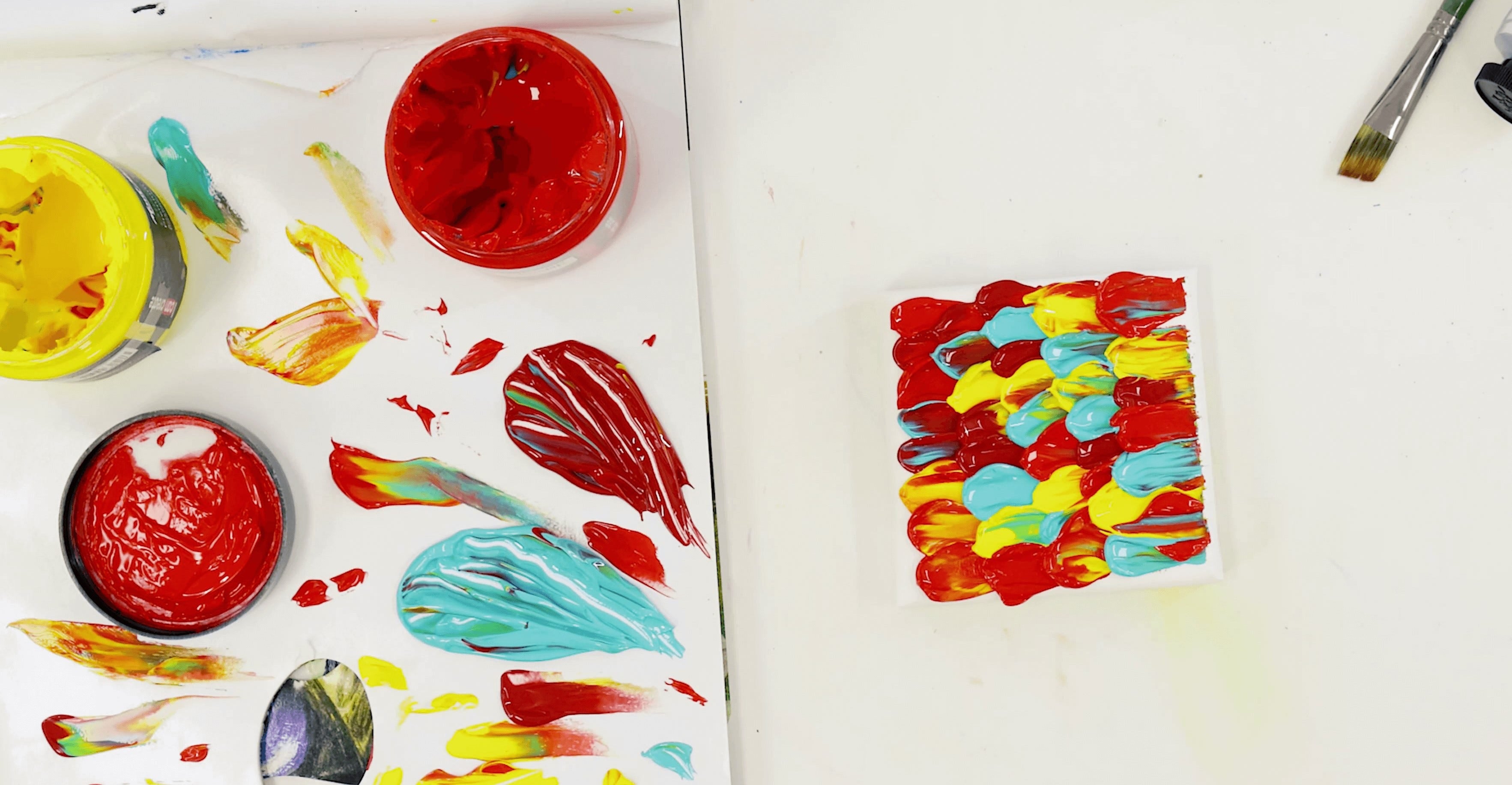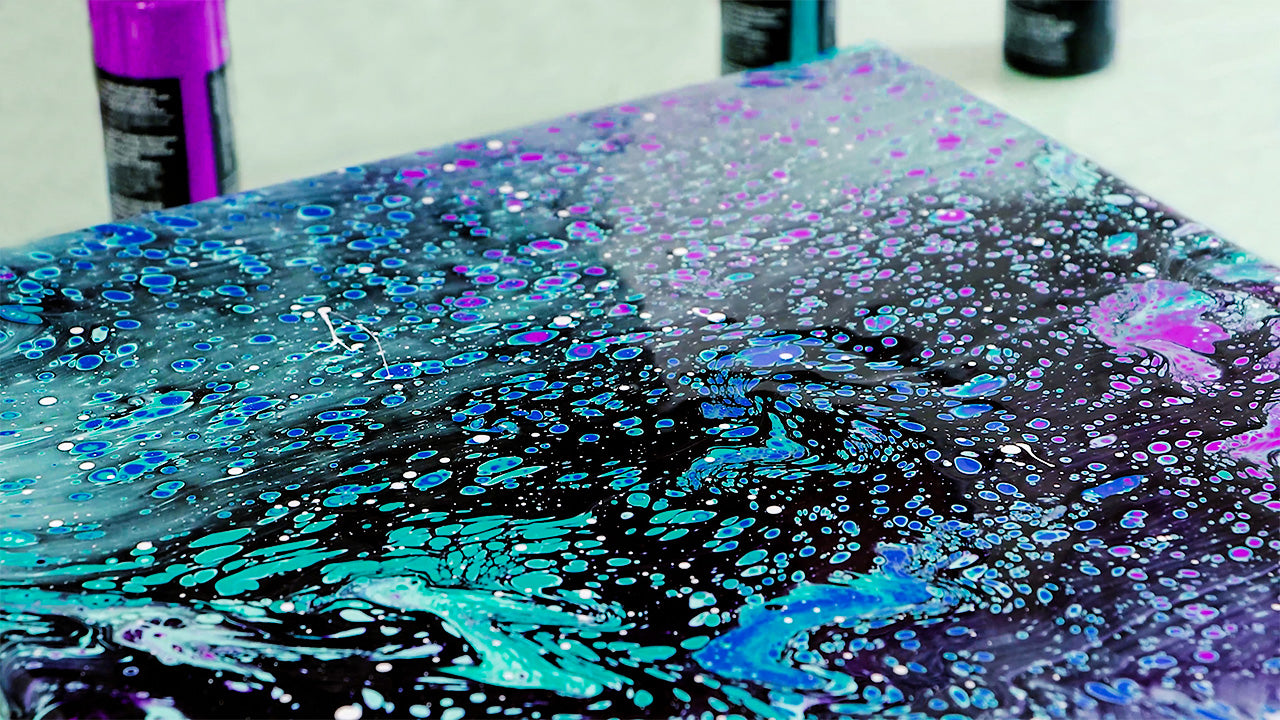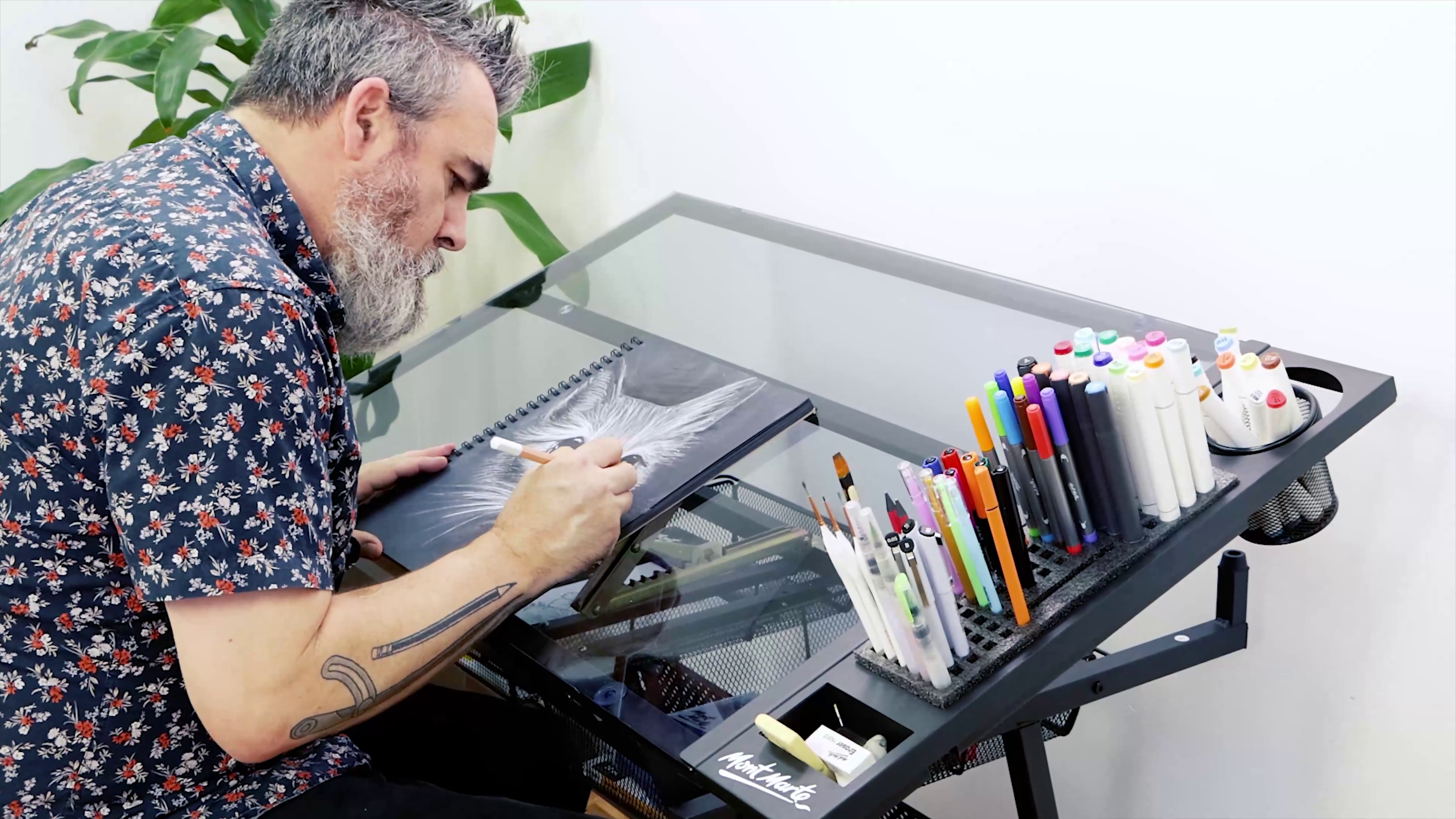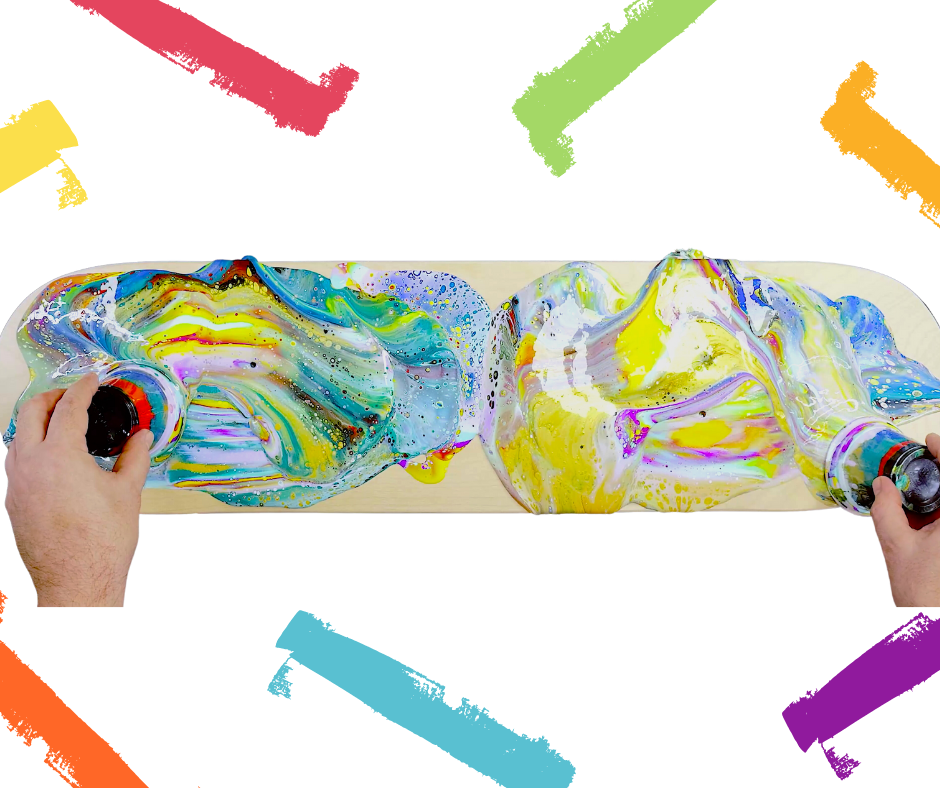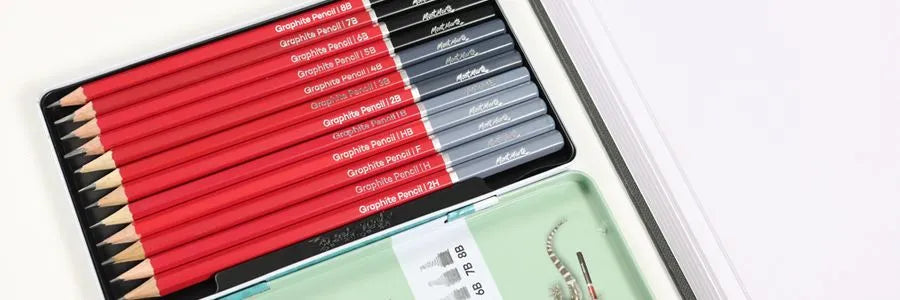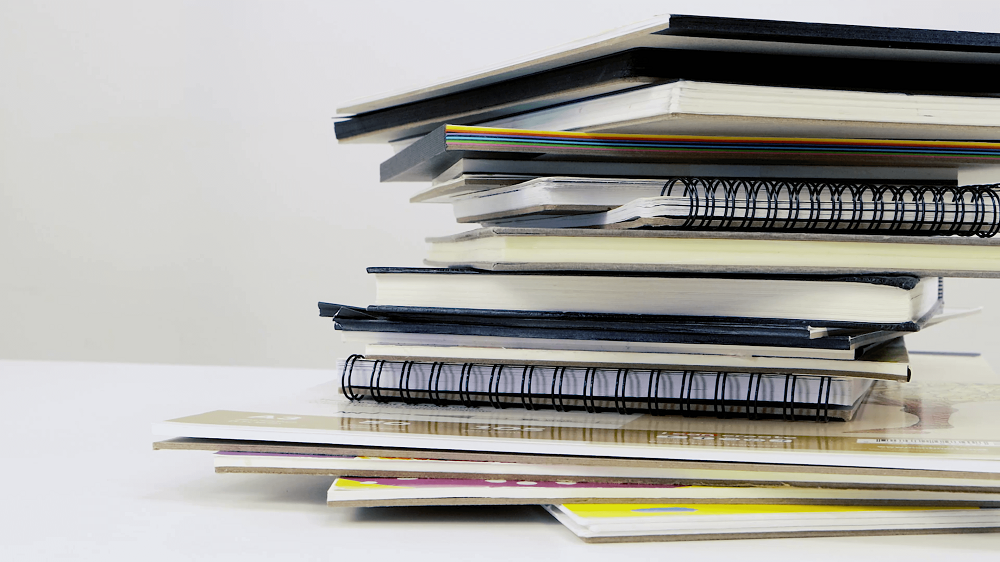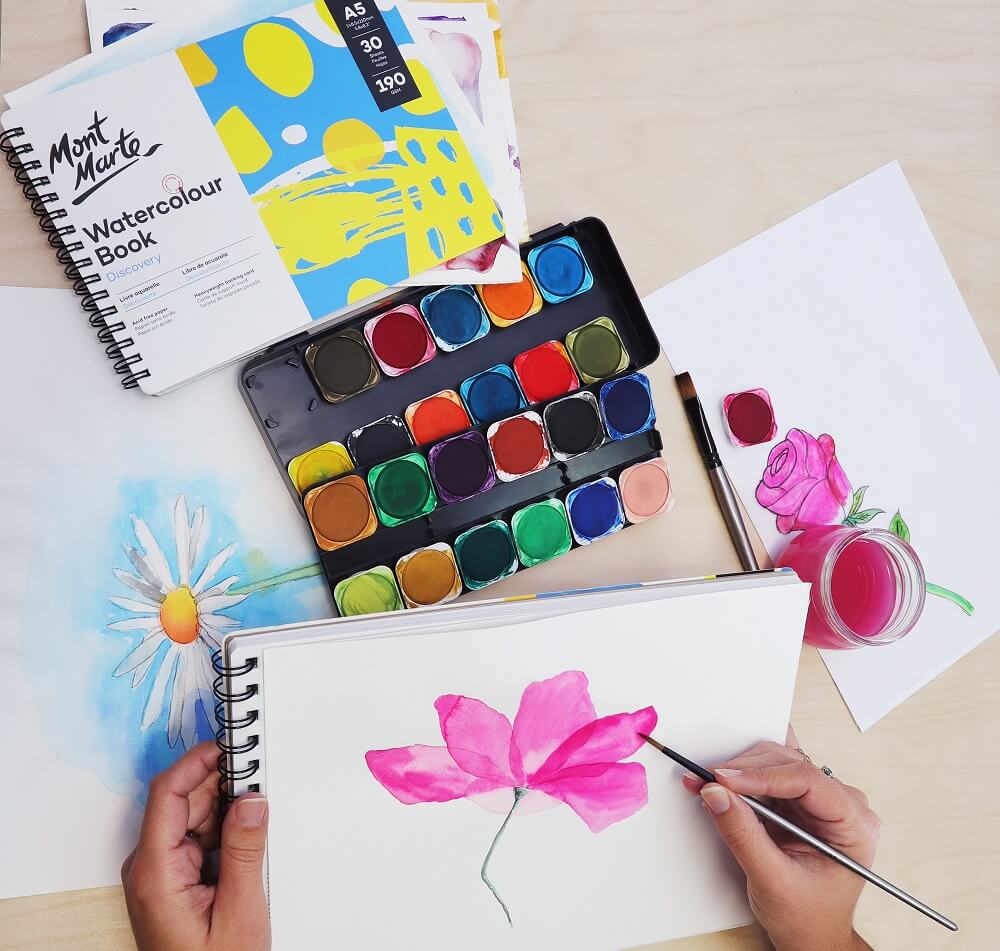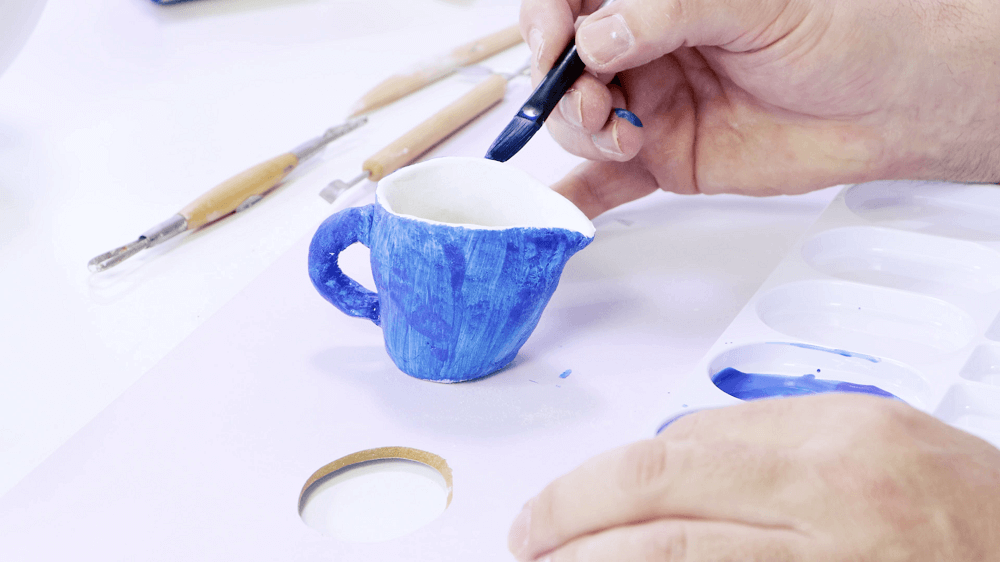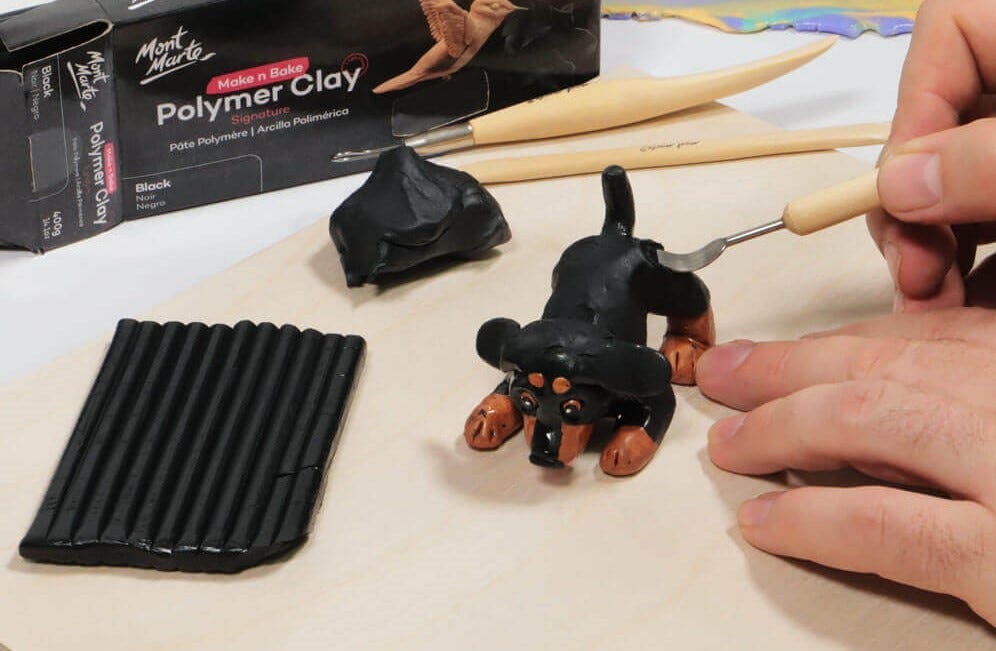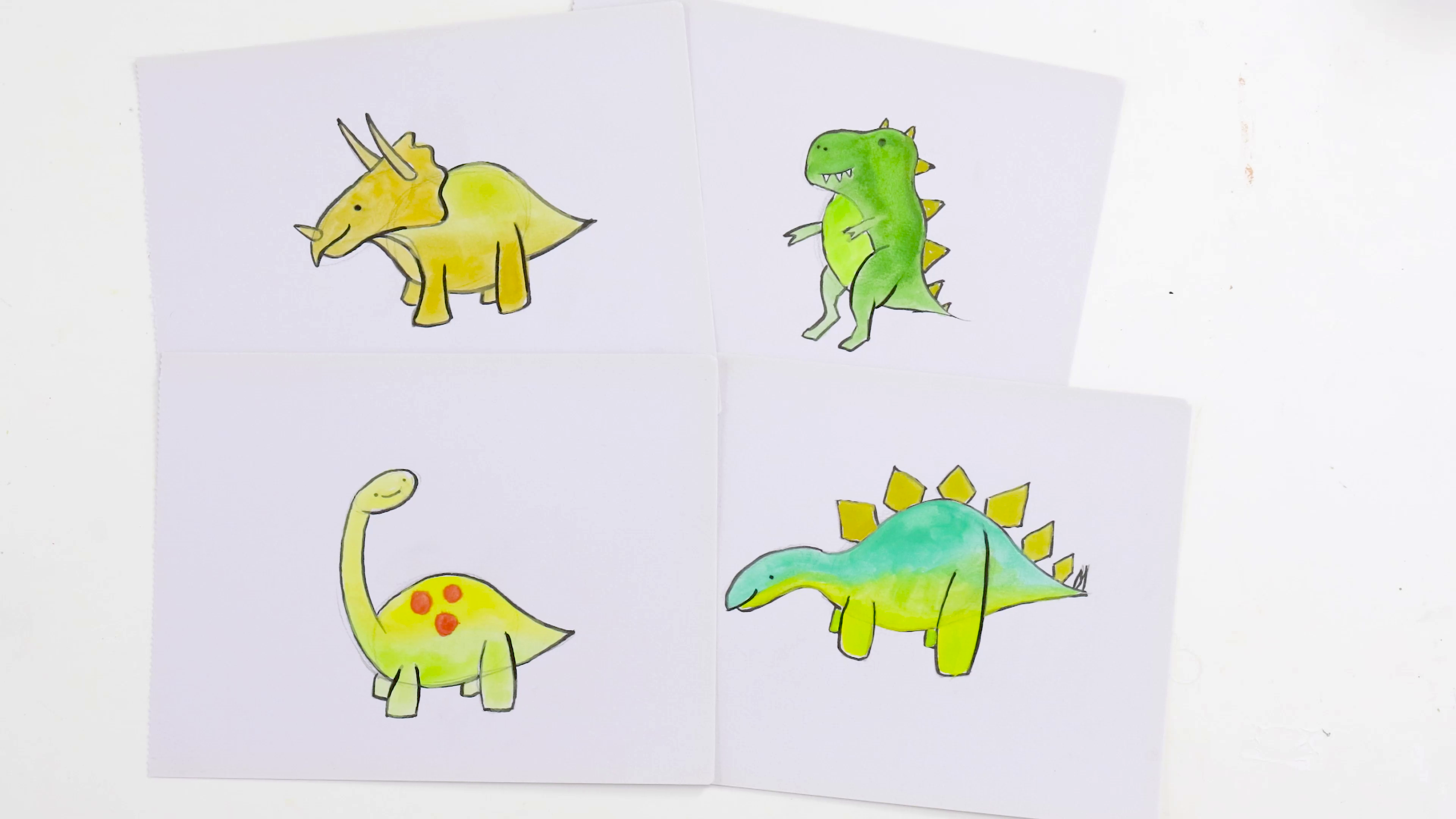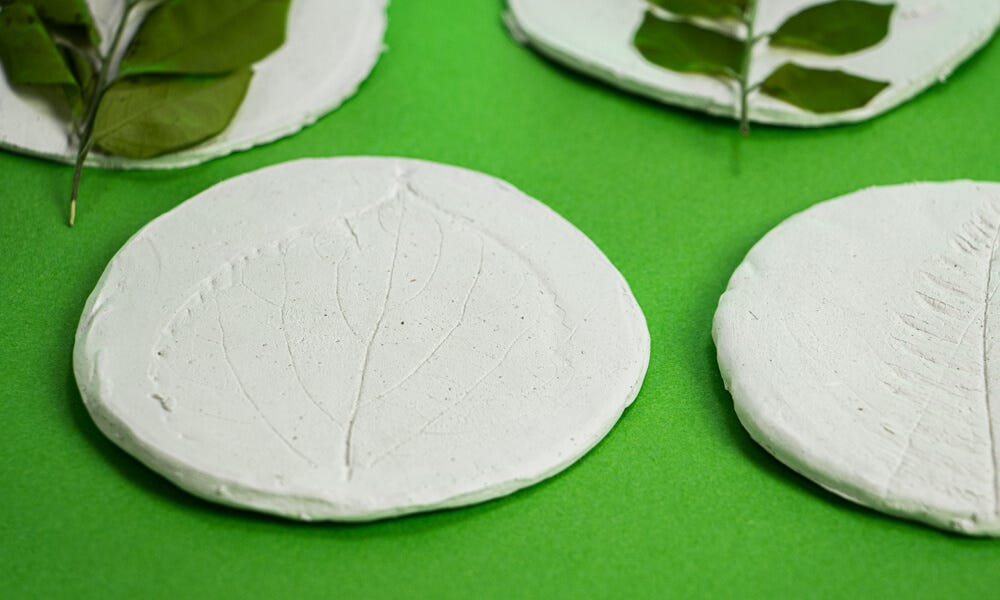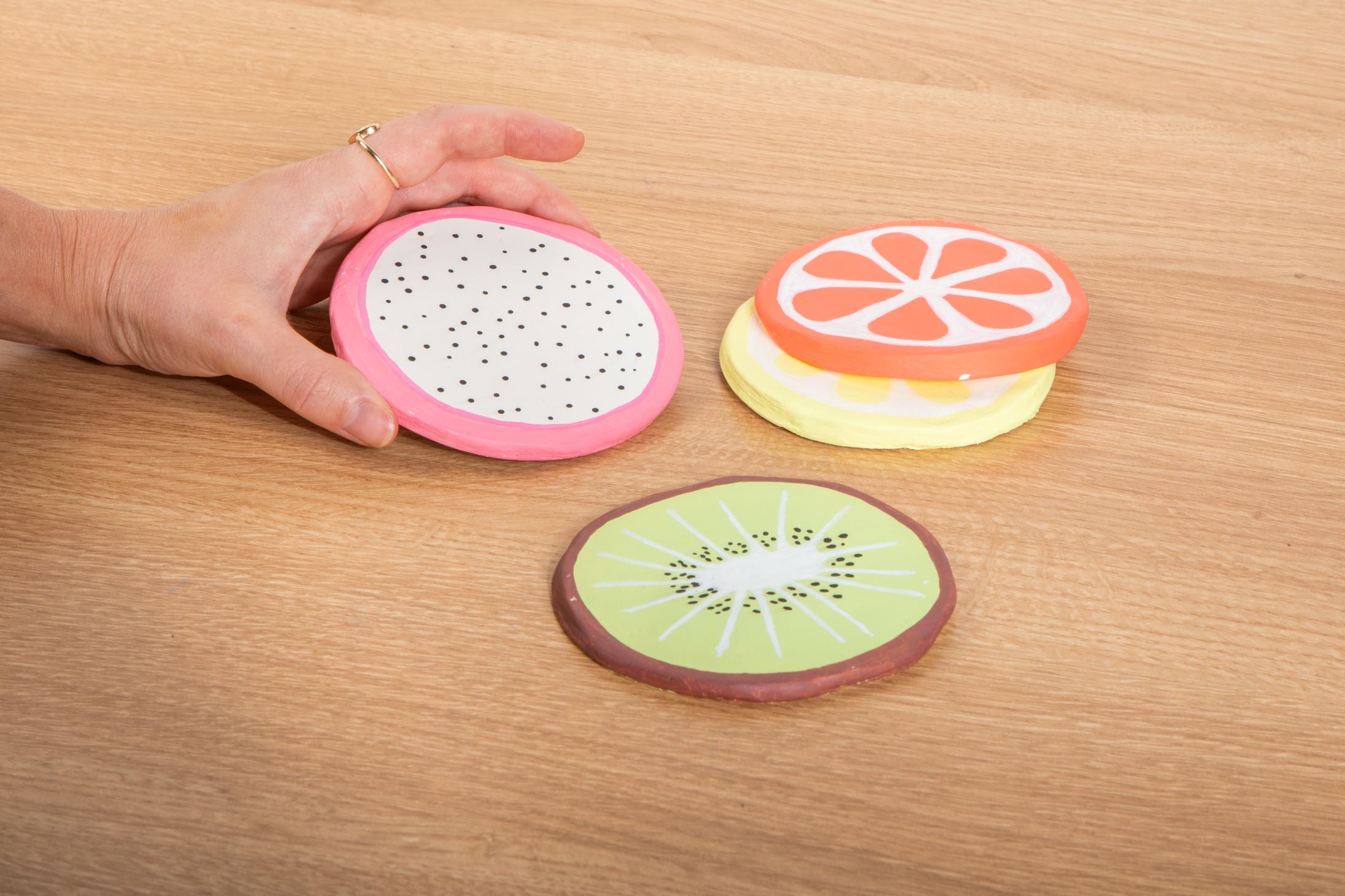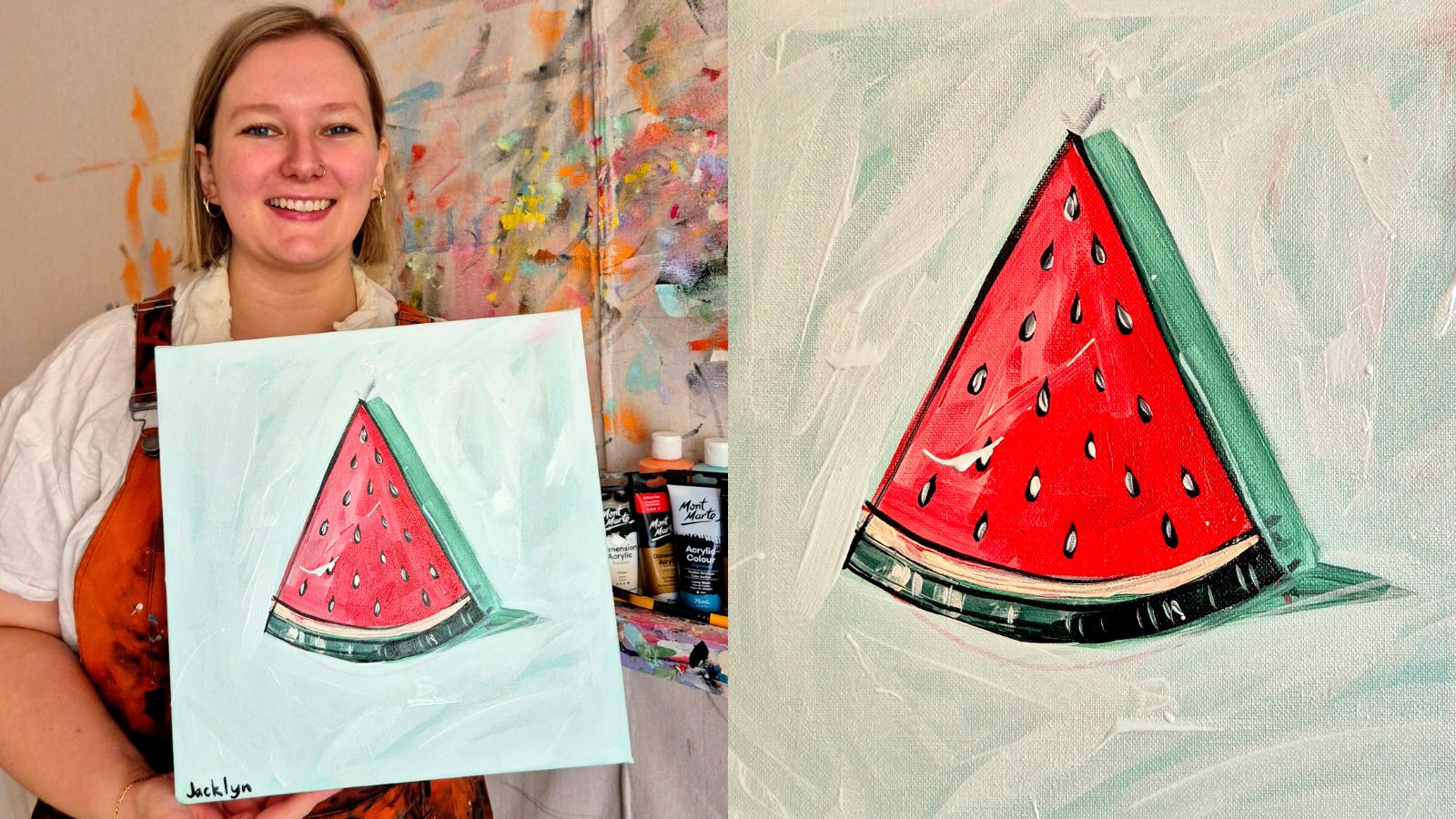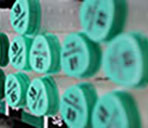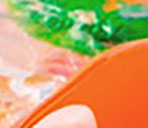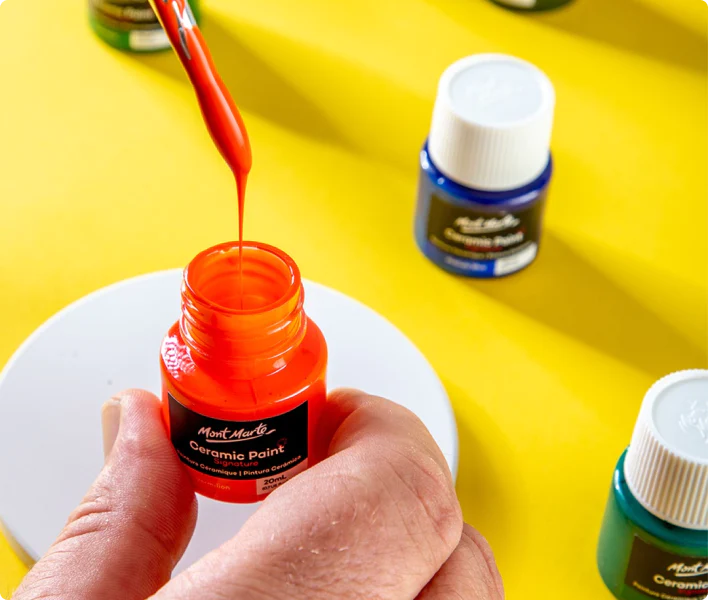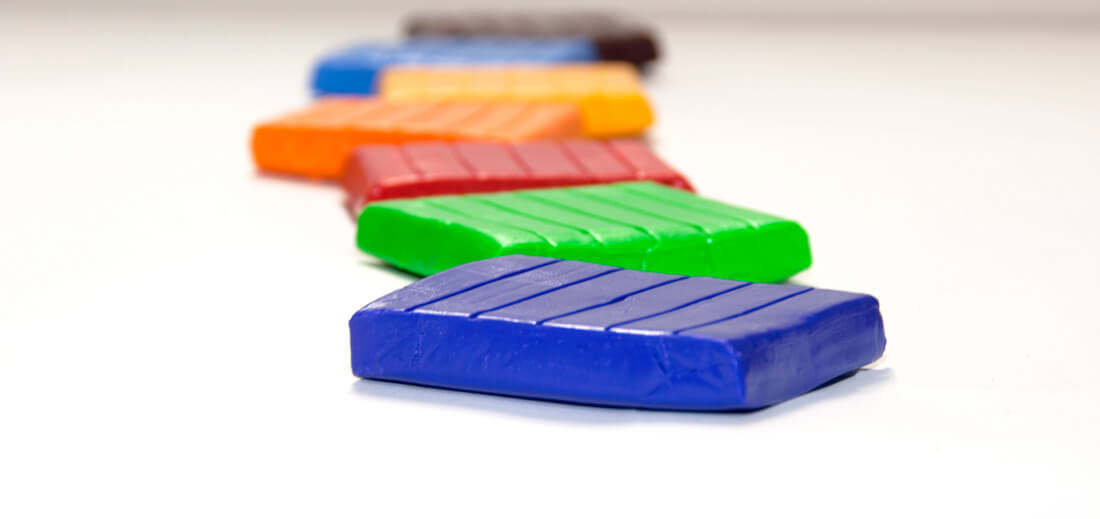How to use polymer clay and more polymer clay questions answered

From the best way to store polymer clay to can you overbake polymer clay? when it comes to polymer clay questions, we’ve got the answer! Here’s our round up.
1. Can you tell me how to use polymer clay?
Polymer clay is great for making sculptures, jewellery, décor, plant pots and a heap of more fun projects. Read on for more about how to condition (or knead) your clay and how to bake it.
2. What surface should I use?
First things first – set up a clean surface to work on. Sculptors often use a sheet of Perspex because it’s smooth and easy to clean, but you can also use a place-mat or other surface that does the same job. Give your hands a quick wash before you start to remove any dirt or oil.

3. What are the best sculpting tools for polymer clay?
The best sculpting tools for polymer clay are tools with either plastic or steel tips. Other great tools you may find are:
• Mini wooden modelling tools: smooths out surfaces and blends joins.
• Hobby knife: carves clay and cuts excess
• Clay press: creates flat sheets of clay and conditions it.
• Flat taklon brush: smooths the surface.
You can find our clay tools here.
4. How do you soften polymer clay quickly?
Before you start sculpting, you’ll need to condition your clay to soften it. Conditioning just means kneading to make the clay soft, easier to work with, and stickier (so that it sticks to itself better).
To soften polymer clay quickly you can knead it for 5 minutes with clean hands or put it through a clay press. If you’re using a clay press for this step, put your clay through, fold it and put it through again a few times to get the best results.

5. What are some tips on modeling with clay?
One of the best tips on modelling with clay is to work in pieces. Instead of starting with a big block of clay, build your clay up gradually until you create the shape you’re trying to achieve (this is called ‘additional style sculpting’). Once you’ve built up the rough form for your sculpture, use a hobby knife or fine ribbon tool to cut away any excess clay and define the shape (also known as ‘carving style sculpting’). Keeping your clay pieces thin will also help in the baking process too.
Polymer clay doesn’t dry out like normal clay, but the warmth of your hands can cause it to become soft and sticky. If this happens you can put your sculpture in the fridge for 10 minutes and it will be ready to sculpt again.
6. How do I make polymer clay without glue?
The good news is you don’t need glue to stick polymer clay pieces together. When you’re adding a piece of clay to your sculpture, make sure it’s soft and conditioned well. For small pieces, use a wooden modelling tool to blend the edges into the sculpture (you can also use a little bit of water if you need to). For larger pieces, use a hobby knife to scuff both surfaces with criss-cross lines, add a small amount of water and smooth it with a wooden modelling tool.

7. What is the difference between polymer clay and air dry clay?
The main difference is that polymer clay needs an oven to be baked and air dry clay will dry in the air (in about 24hrs). Polymer clay is waterproof once dry and it can be painted, drilled and even sanded once it’s cut too.
8. How do I smooth out polymer clay?
If your sculpture has lumps, bumps and other marks on it in the final stages, don’t panic, this is common. To smooth out polymer clay, rub a clean, flat taklon brush in circular movements over the surface, then roll the handle over it to create a smooth, flat surface. For more, check out our our video on how to smooth polymer clay.

9. What’s the best way to store polymer clay?
The best way to store polymer clay is to put it in an opaque container and store it in a cool, dark area. This will prevent damage or hardening from heat and direct sunlight.
10. How about making a wire armature?
A general rule to follow when you’re working with polymer clay is to build a support for anything that’s bigger than an egg or more than 50mm thick. When making a wire armature, you will need to create an internal structure to support your sculpture using wire, wood and aluminium foil. If you need some pointers, you can watch us build an armature in our pterosaur video tutorial.

11. Can you tell me how to prevent air bubbles in polymer clay?
If air gets trapped in your polymer clay it can cause air bubbles to form. These are tricky to fix once your sculpture is baked, but there are a few things you can do early on to remove them. When you’re conditioning your polymer clay, put folded areas through the clay press first to force out any trapped air. You can also keep an eye out and pop any air pockets using a knife or pin. Lastly, firmly press and compact your polymer clay where you can.
12. Do I need to bake polymer clay?
The answer to this one is short and sweet – yes. Polymer clay needs to be baked in an oven or it won’t harden. The good news is that we have plenty of baking tips (see question 14), to help make it a nice, smooth process.

13. When is polymer clay ready to bake?
Polymer clay is ready to bake whenever you’re ready. You can bake it straight away, wait a few hours or come back to it the next day. It’s really up to you.
14. How do you bake modeling clay?
To bake Mont Marte polymer clay, preheat the oven to 120-130 degrees C (248-266 degrees F). Place your sculpture on an oven tray and bake for 30 minutes. Carefully remove it from the oven and let your pieces cool. We’d also suggest baking your polymer clay on a standard setting (not fan-forced). The reason for this is that the fan can cause the temperature to spike, making it harder to control the heat.
Baking times may vary, but in general we’d recommend 30 minutes of baking for every 6mm of polymer clay thickness. It’s also a good idea to do a test run with some spare clay before you put your finished project in to bake.
Here are a few examples to help guide you:
- 6mm thick: bake for 30 minutes
- 12mm thick: bake for 1 hour
- 18mm thick: 1.5 hours
- More than 18mm thick: bake in multiple sessions

15. How long should people microwave polymer clay?
Putting polymer clay in a microwave won’t harden the clay properly and may cause parts of your project to melt, burn and smoke. So don’t microwave your polymer clay.
16. How thick should I make polymer clay?
To follow the baking guidelines above, you’re going to need to figure out how thick your project is. To do this, take a pin and gently push it into your work until it hits the core (if you’ve packed your project). Put a mark on the pin where the clay finishes and measure it to find out how thick it is. You’ll then need to smooth the pin hole over before baking.
If you’re working on a larger sculpture, you might need to pack it to reduce the thickness. This will make it easier to bake and also means you don’t need to use as much clay. Some common materials used for packing include metal, aluminium, foil and masking tape. If you’d like some pointers, check out our video on sculpting a polymer clay beetle.
17. What is the fastest method to dry polymer clay?
Once your clay is baked, we’d suggest turning the oven off and opening the door to allow your sculpture to cool slowly. This will help prevent cracking due to sudden temperature changes. Once it’s cooled to room temperature you can take it out and admire your handy work.
18. Can you overbake polymer clay?
Polymer clay can be baked multiple times. So, if you’re working with a thick polymer clay sculpture, a good method is to bake it multiple times. We’d suggest doing this in stages by building up layers one at a time.
For example, if you’re building a 24mm thick sculpture, you can use the following method:
1. Build a 12mm thick layer and bake it for 1 hour.
2. Let it cool
3. Build a second 12mm layer and re-bake for another hour.

19. Why is my polymer clay cracking?
There are a couple of reasons your clay may crack after baking, but the good news is that we’ve got a few tips you can try.
- Under-baking polymer clay
Sometimes under-baking polymer clay can cause it to crack. The chances of this happening can be reduced by following the suggested baking times on the packaging.
- Overheating
If polymer clay is too close to the element in your oven it can heat up too quickly and result in cracking. Try to place your sculpture in a spot that will get a nice, even flow of heat and you should be able to avoid this issue.
- Cooling too quickly
As we mentioned in tip 10, if polymer clay cools too quickly after baking it can crack. The simple solution is to leave it in the oven with the door open to let it slowly reach to room temperature.
We hope that answers your polymer clay questions. Got one we haven’t covered? Reach out to us on Instagram or Facebook, using @montmarteart, we’re always happy to help!
Or read our 20 polymer clay tips and tricks for beginners.


